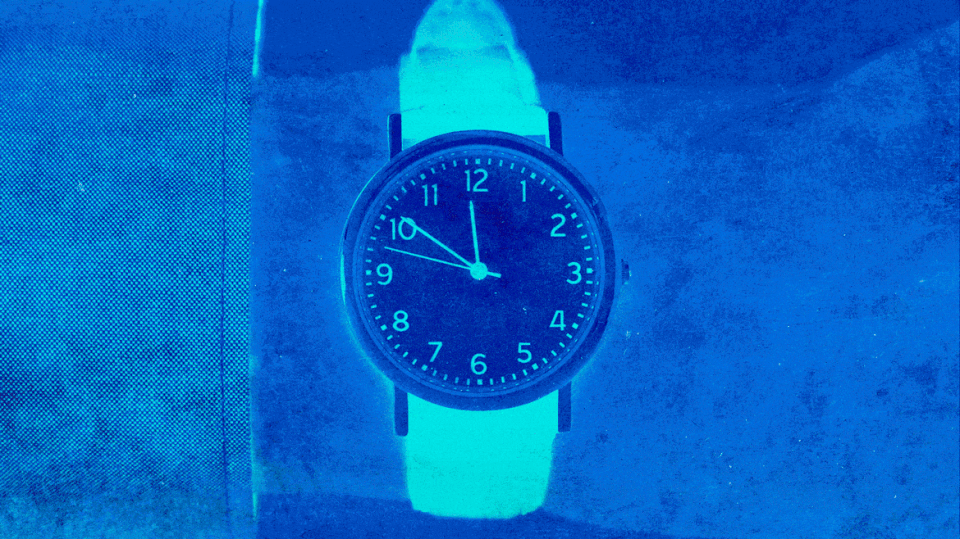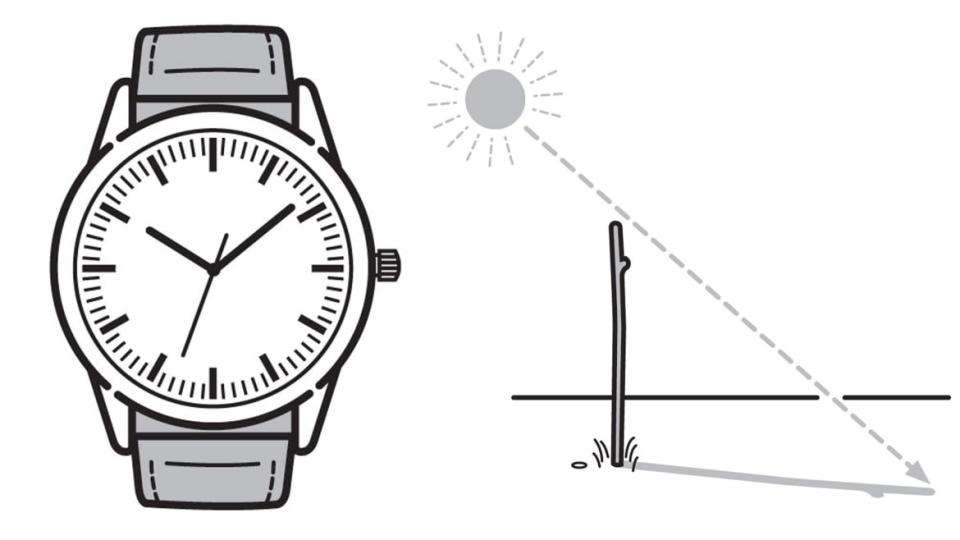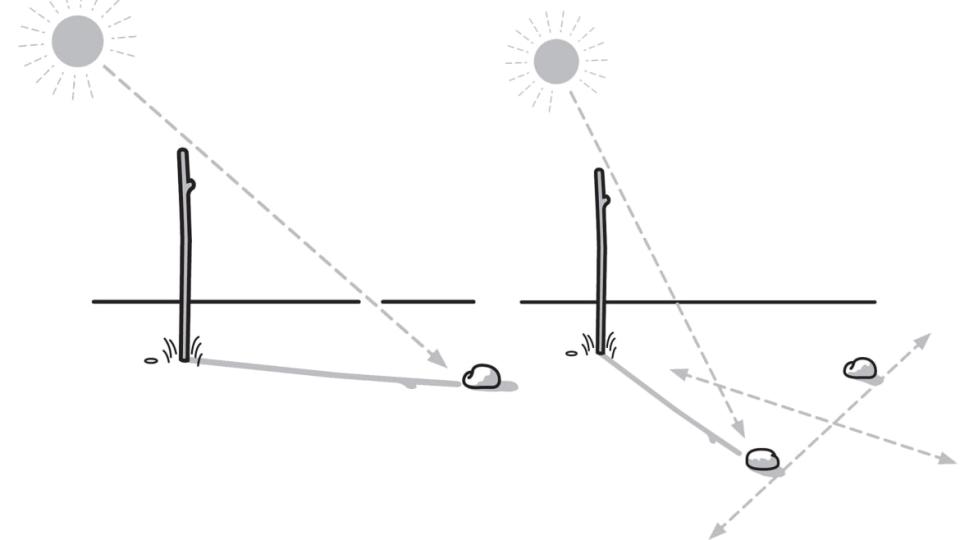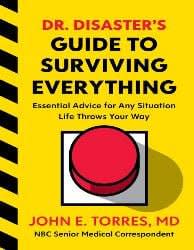How Your Wristwatch Can Save Your Life

You’d be surprised how quickly you can lose your way on an afternoon hike, especially if you wander away from the trail to capture a lovely scene with your camera, or to investigate a water feature. It’s equally bad when disaster strikes and you are stranded in a location far from home. You may have a compass app loaded onto your phone, but if you’ve drained the battery that handy piece of technology is next to useless.
Wayfinding is a critical skill. Everyone needs to be able to find their way from here to there, from north to south, from the idyllic picnic site in the woods to the spot where you left your car. I always recommend that people buy a dedicated, high-quality compass that they can tuck into a backpack when they are on the go.
These days, compasses may feel like antiquated technology, but they can be lifesavers. Please don’t skimp on these essential devices. Manufacturers like to build small compasses into everything. Your fleece jacket may have one built into its zipper. I once bought a fire starter tool that had a combo compass and whistle built into it. They’re handy, but please do not entrust your family’s survival to such flimsy tech. It always makes sense to buy a high-quality, dedicated compass at a professional outdoor store, and spend a few minutes with the retailer learning how to use it. Most of the salespeople in those places love what they do, and can easily assist you.
If your afternoon hike goes horribly wrong, you have three ways of finding the right direction. I’m listing them here in order of each technique’s relative accuracy.
1. You can use your compass.
2. You can use the military-approved stick-and-shadow method. Here’s how that works:
a. We all know the sun rises in the east and sets in the west. If it is morning and sunny, and you stick a tall, straight stick into the ground, and watch where it throws its shadow, the shadow will be cast in a westerly direction. Why? Because the east-rising sun is headed west. Mark that position with a stone or a second stick.
b. But watch! If you wait 15 or 20 minutes and check the shadow again, it will have moved away from your stone or second stick in a more easterly direction than it was before. Why? Everything’s relative. The more west the sun goes, the more eastward it is throwing its shadow. Get yourself a third stone or long stick and mark that spot.
c. You can do this all day, marking points along the eastward-moving line. But you have places to go. From here, imagine a perfectly straight line bisecting the west-to-east line. (East is to the left of north.) Now you have a perfect “shadow” compass to point your way.

East-rising sun casts shadow in westerly direction.

1. Push stick into ground 2. Place stone at tip of shadow 3. Place a second stone at the tip of shadow to market he movement of the sun
d. To remember the compass directions and how they move clockwise, think Naughty Emus Slurp Wine (i.e., North, East, South, West).
3. If you have an analog wristwatch with an hour and minute hand (in other words, not digital), use the watch to find your direction.
a. In the northern hemisphere, place the watch flat on the ground or in your hand and rotate the watch so the hour hand is pointing in the rough direction of the sun. (If it is Daylight Saving Time, point the previous hour at the sun. Example: If it is 3 p.m., point 2 in the direction of the sun.)
b. If it is morning (i.e., before noon), look at the hour hand and move clockwise to find the spot that is the halfway point between the hour hand and the number 12 on the watch. This halfway point is pointing south. (The opposite side of that imaginary line is pointing north.)
c. If it is after noon, look at the hour hand and move counterclockwise to find the spot that is the halfway point between the hour hand and the number 12 on the watch. The halfway point is pointing south. (The opposite side of that imaginary line is pointing north.)
d. In the southern hemisphere, point the 12 at the sun, not the hour hand. Follow the same instructions as above, only this time, the compass direction between the two hands will be north.
I like the wristwatch method because you can employ it on the go, without needing to stop moving and start planting sticks in the ground. However, the closer you are to the equator, or the higher the sun is in the sky, the more difficult it may be to pinpoint the sun’s direction.
In those cases, it is best to use the stick-and-shadow method.
Choosing Your Survival Watch
The world of wristwatches feels quaint in an era when everyone can just peek at their mobile phone to tell the time. But smartphones and smartwatches both suffer from a fatal flaw: Their batteries need to be charged on a regular, often daily, basis. And they’re infamously delicate devices that can’t take a lot of wear and tear. That won’t work if you’re thrown into a survival situation.
Watches are classified by two main categories: quartz and mechanical.
A quartz watch is powered by piece of electrical circuitry run off a battery. (In some cases, the battery is solar-powered.) Quartz watch batteries are rated to last two or three years, but often much, much longer. The “computer chips” that run these watches are so accurate that you can pretty much “set it and forget it.” (A cheap $18 watch I discovered while writing this book loses only about 6 minutes in an entire year!) You can find watches that shrug off dampness after being dunked in 150 feet, 350 feet, or 650 feet (45, 107, or 199 meters) of water—and even deeper! Such watches may have tons of features that allow you to check the barometric pressure, someone’s heart rate, sunrise and sunset times, etc. You probably don’t want a lot of bells and whistles if you aren’t committed to learning how to operate them all.
So: the ideal disaster watch . . .
1. Is quartz
2. Is loaded with a fresh battery
3. Has a luminescent dial
4. Is built into a rugged case that can take a beating
5. Is water-resistant
6. Is attached to a comfortable band
7. Is easy to operate
Believe me, many modern watches fit these criteria. (I list some brands in the resource section of this book on page 234.) You just need to get to a good watch shop or outdoor store and start asking questions. For most people, a solid “field watch” (for active outdoor use) or “dive watch” (worn by professional divers) is fine. Many of the disasters I discuss in this book will expose you to the elements and water, and these watches are designed to withstand these hazards.
You’ll notice I didn’t discuss mechanical watches. They keep time with gears and springs and a minuscule amount of oil to keep things ticking smoothly. Mechanicals are wound by hand, or wound automatically by the kinetic movement of your wrist as you wear them. Some of these watches are quite rugged and full-featured. But in an emergency situation, if you don’t wind them or you take them off for a few days, the watch may wind down and the time may need to be reset. That’s going to be hard to do if your mobile phone is damaged or its battery has run down, and you don’t have a second accurate timekeeping device to refer to. That’s the only reason I don’t recommend mechanical watches for most people.
However, I will say that some military personnel prefer them. Why? Because, if they are ever in a situation where an “e-bomb” or radio signal has wiped out electromagnetic devices, mechanical watches will keep ticking. (In 2003, the U.S. Air Force detonated an experimental microwave device to take out Saddam Hussein’s 24/7 TV news station. Or not. The tech is classified, and the Pentagon has never openly confirmed the existence of such a weapon.) In theory, such a weapon will kill quartz circuitry dead, not to mention a whole lot more.

Excerpted from Dr. Disaster's Guide to Surviving Everything: Essential Advice for Any Situation Life Throws Your Way by Dr. John Torres with permission from Houghton Mifflin Harcourt.
Get our top stories in your inbox every day. Sign up now!
Daily Beast Membership: Beast Inside goes deeper on the stories that matter to you. Learn more.

 Yahoo Finance
Yahoo Finance 